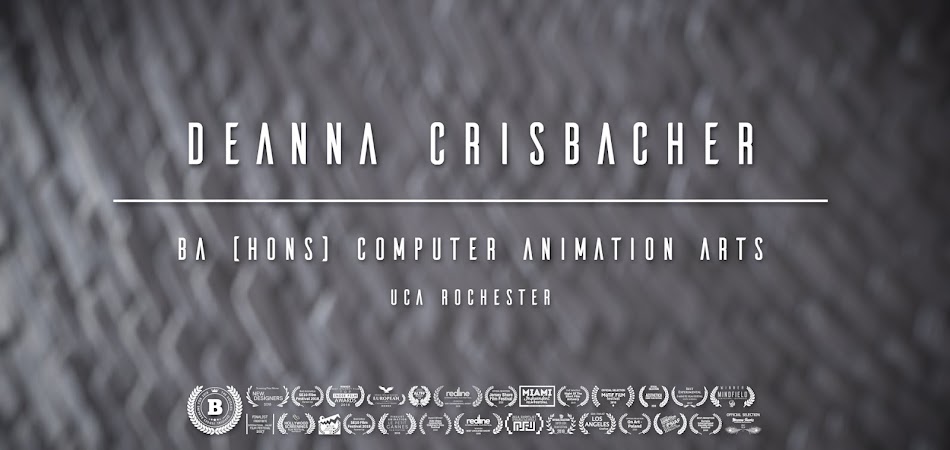 |
| Fig 1. Sita Sings the Blues (2008) |
It is possible that due to the film being created by only Nina Paley, it missed some checks and balances that other animated films have. Since most films are made by teams of people, it helps keep the plot clear and flowing. "Paley's penchant for mixing styles - slick computer animation, chicken-scratch comic-strip drawings, and rapid-fire photo collages - only underlines the myriad of methods for spinning the same yarn, though the musical vignettes court repetitiveness," (Fear, s.d). It can be debated that the use of music ended up detracting from the film, despite it being an obvious reference to Bollywood style films. The songs felt somewhat out of place, considering the story (or at least part of the story) was an adaptation of a Hindu epic and the music consisted of 1920/30's jazz songs. The songs sometimes felt repetitive and dragged out the story longer than it needed to be. Despite this, it is nice to see an artist experimenting and trying out different techniques of putting together films.
Due to the differing styles throughout the film, some viewers may prefer some sections of the film while disliking others. As mentioned above, some may feel as though the musical scenes were repetitive while other scenes may be more appealing due to the different art style, story, or narration. Perhaps this inventive filmmaking style combined with a personal story woven into a tale that is important to the Hindu religion was simply too out there and crazy for the general public to accept without some sort of backlash. While the film revolves around Indian culture and the Hindu religion, Nina Paley herself is American, and her adaptation of the Hindu poem outraged many. "To sum up, 'Sita Sings the Blues' is based on an adaptation of the Ramayana, a Hindu epic, and some Hindus find the film offensive. Hinduism has a strong scriptural tradition of commentary and debate; there is often virulent disagreement," (Haas, 2011). It is a shame that people can be so easily offended by a Nina Paley's interpretation of the tale, especially considering the three Indian narrators within the film were debating the events that took place within the epic.
 |
| Fig 2. Narrators Debating |
Perhaps part of why this adaptation outraged so many is because it not only takes a feminist stance and revolves more around Rama's wife Sita, but it also takes on other modern aspects that compare to the tale. Part of the animation is about Nina Paley's own personal story that share similar characteristics to Sita's tale. This portion of the animation is drawn very differently than the other portions of the film...it feels scratchy, gritty, more organic and lively but also somewhat less saturated than the mythical tales of Rama and Sita. This portion of the animation shows how a young woman's relationship quickly falls apart when her boyfriend moves to India. "There are uncanny parallels between Nina's life and and Sita's. Both were betrayed by the men they loved...both died (Sita really, Nina symbolically) and were reborn - Sita in the form of a lotus flower, Nina in the form of an outraged woman who moves to Brooklyn, sits down at her computer for five years and creates this film," (Ebert, 2009). Due to this, it is clear that the film has many feminist undertones, some of which may cause conflict with people's beliefs of the Ramayana as the story takes place a very long time ago and the views of women were different and differ in different cultures and religions.
 |
| Fig 3. Nina Drawing |
Bibliography:
Ebert, R. (2009) Sita Sings The Blues At: http://www.rogerebert.com/reviews/sita-sings-the-blues-2009 Accessed on: 9/2/2017
Fear, D. (s.d) Sita Sings the Blues At: https://www.timeout.com/london/film/sita-sings-the-blues?icid=np--feature Accessed on: 9/2/2017
Haas, S. (2011) 'Sita Sings the Blues' Brings out the Bullies At: http://www.huffingtonpost.com/saumya-arya-haas/sita-sings-the-blues-brin_b_907914.html Accessed on: 9/2/2017
Scott, A.O. (2009) Legendary Breakups: Good (Animated) Women Done Wrong in India At: http://www.nytimes.com/2009/12/25/movies/25sita.html Accessed on: 9/2/2017
Illustration List:
Figure 1. Sita Sings the Blues [Poster] At: http://www.sitasingstheblues.com/SitaEPressKit/SitaPosterAgniA2.png Accessed on: 9/2/2017
Figure 2. Narrators Debating [Film Still] At: https://www.youtube.com/watch?v=RzTg7YXuy34 Accessed on: 9/2/2017
Figure 3. Nina Drawing [Film Still] At: https://www.youtube.com/watch?v=RzTg7YXuy34 Accessed on: 9/2/2017

No comments:
Post a Comment